Chihkan Tower: A Miniature of Tainan's History

West Central Dist., Tainan City
Sightseeing
Chihkan Tower is located at the intersection of Chihkan Street and Minzu Road in Tainan's Central West District. It was initially built by the Dutch.
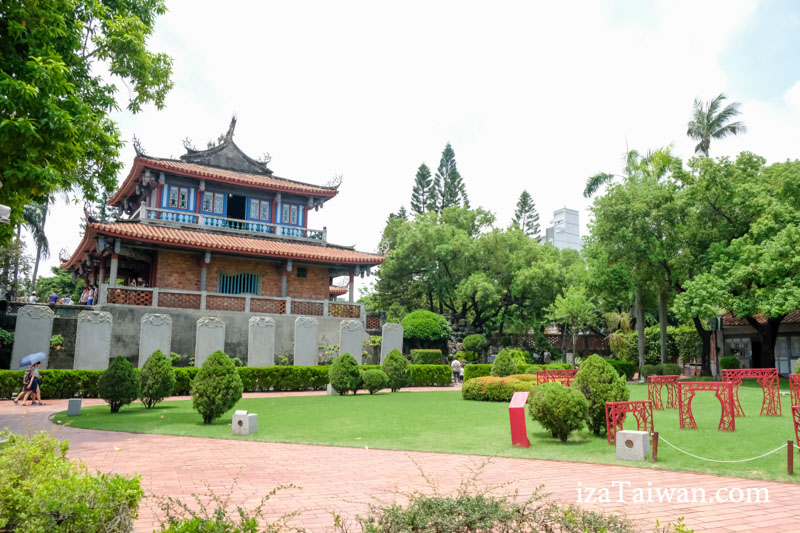
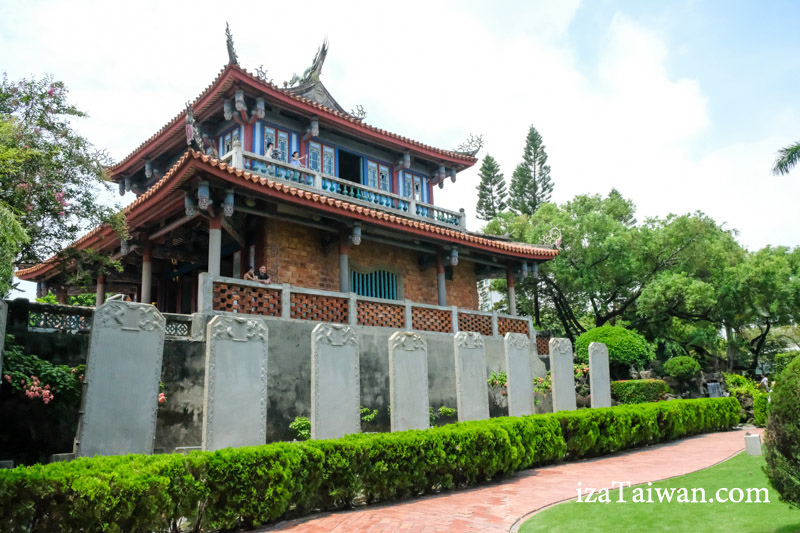
Chihkan Tower is now a national monument and a representative landmark of Tainan. Its artifacts and architecture have gone through the Dutch, Ming Zheng, and Qing dynasties. It was first built in 1650 AD. It is said that the building materials were brought by the Dutch from overseas. It was called Fort Provintia and was built by the Dutch after the Guo Huaiyi incident. After Koxinga (Zheng Chenggong) occupied Taiwan, he changed Fort Provintia to "Dongdu Chengtian Prefecture" and used Chihkan Tower as the highest administrative institution on the island, facing Anping Fort across the Taijiang Inner Sea, which is of great historical and cultural value.
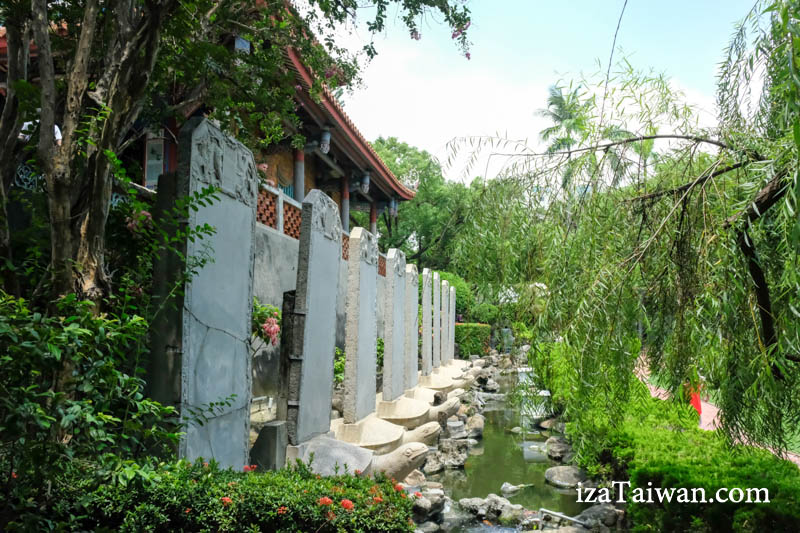
In the park, there are nine stone turtle steles (Imperial Turtle Steles) from the Qing Dynasty, also known as "Bixi", which were moved from other places. Legend has it that the stone turtle is one of the nine sons of the dragon and became a turtle because it likes to carry heavy objects. In addition, there is a legend that the statue of the "Broken-Legged Stone Horse" was broken because the stone horse would turn into a monster and harass the people at night. Later, Chihkan Tower gradually became dilapidated due to the destruction of civil unrest and poor management. The original Dutch architectural body was also added with Chinese architecture, and Guanyin Bodhisattva and other gods were once worshiped.
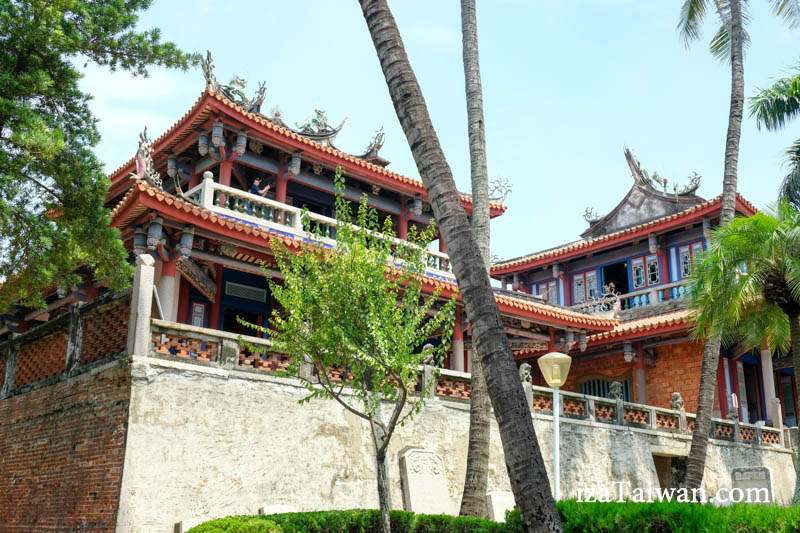
During the Japanese occupation, Chihkan Tower was converted into an army garrison hospital and underwent successive repairs and renovations. After World War II, the wooden structure was rebuilt into a reinforced concrete structure, and the main entrance was reoriented, becoming what Chihkan Tower looks like today.
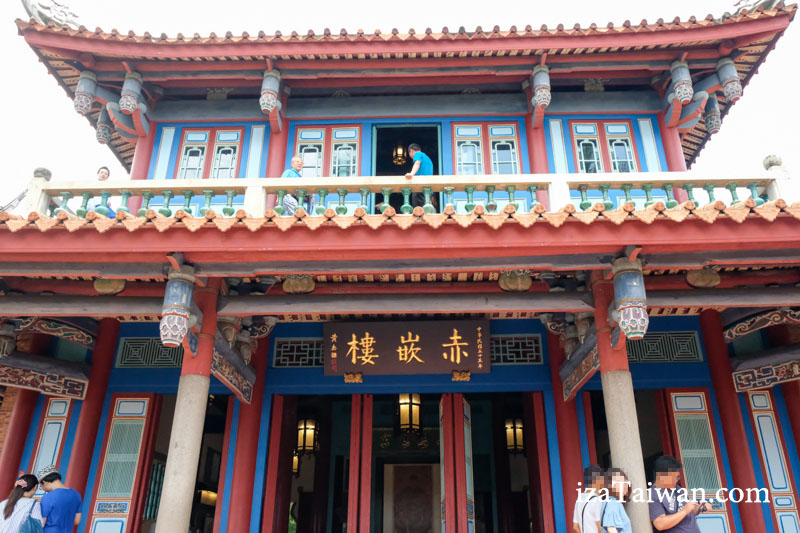
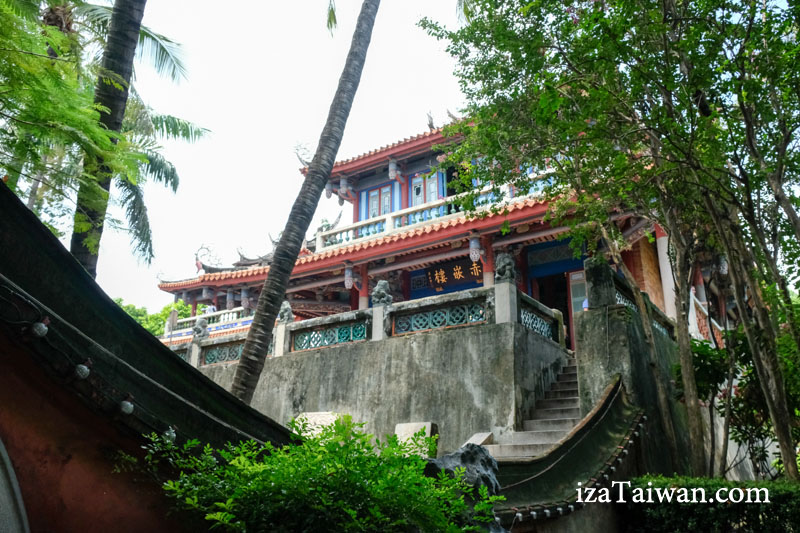
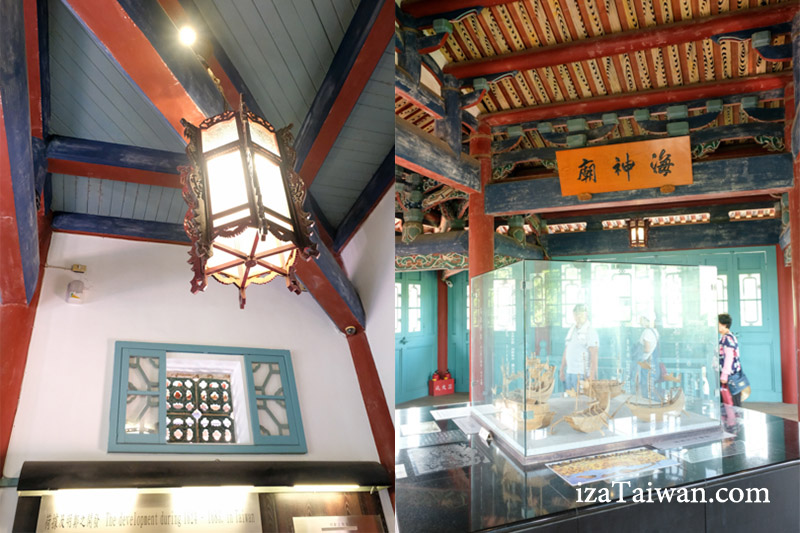
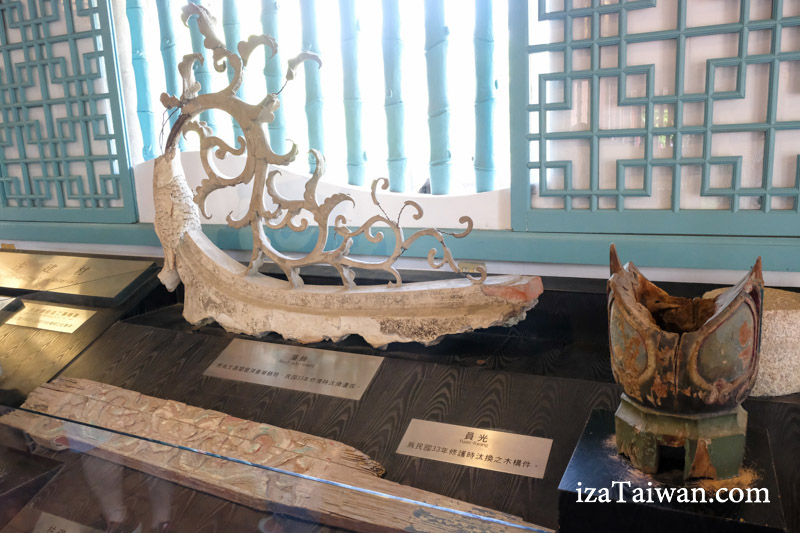
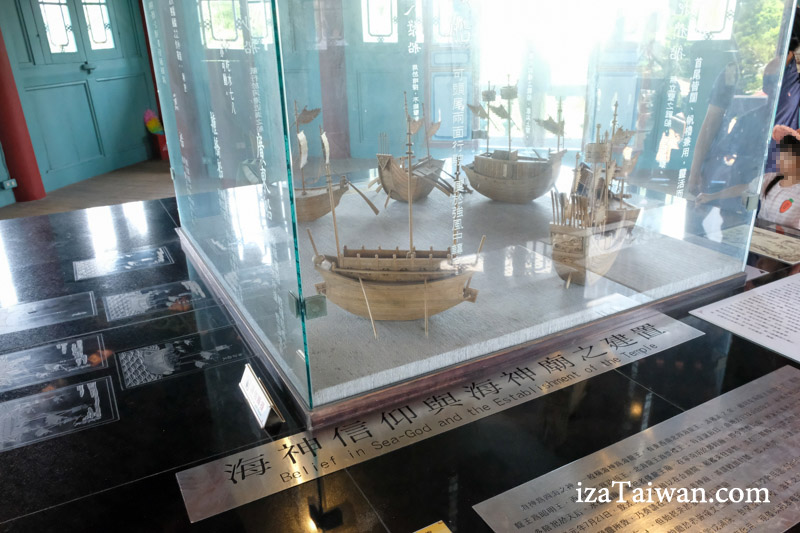
During the Sino-French War in 1884, the French claimed that there was a castle left by them in Tainan. Liu Mingchuan ordered Shen Shouqian, the magistrate of Taiwan, to demolish the Dutch buildings on the site of Hongmao Tower to eliminate the excuse for France to invade Taiwan. Since then, Chihkan Tower has become history. After the war, Yin Xin Academy was moved to the site of Chihkan Tower and renamed "Penghu Academy". Wenchang Pavilion, Sea God Temple, Wuzi Shrine, and Dashi Temple were built to form a Chinese architectural complex. Today, only Wenchang Pavilion, Sea God Temple, and the gatehouse of Penghu Academy remain. The main hall of the Sea God Temple has a plaque hanging on the lintel that reads "Chihkan Tower".
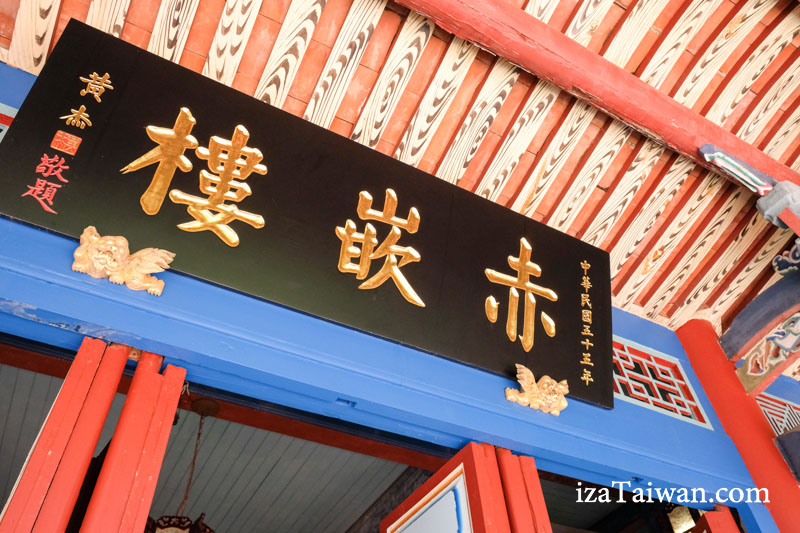
When Huang Jie, chairman of the Taiwan Provincial Government, inscribed the words "Chihkanlou" in 1965, some objected that it should be "Chihkan Tower", but scholars verified that the Ming and Qing history books all referred to Chih"kan" Tower, which was determined by the transliteration of the place name in the Pingpu language, and the Kangxi Dictionary only included "kan". Later, the official adopted the scholars' opinions, and official documents and folk publications have since used Chih"kan" Tower. However, in 2003, "local cultural historians" suggested that the Tainan City Government change Chihkan Tower, Chihkan Street, and Chihkan Li to use the word "kan" because "the word 'kan' has a more local meaning." At the time, the city government was promoting the localization policy, and later the Tainan City official documents changed to use "Chihkan Tower".
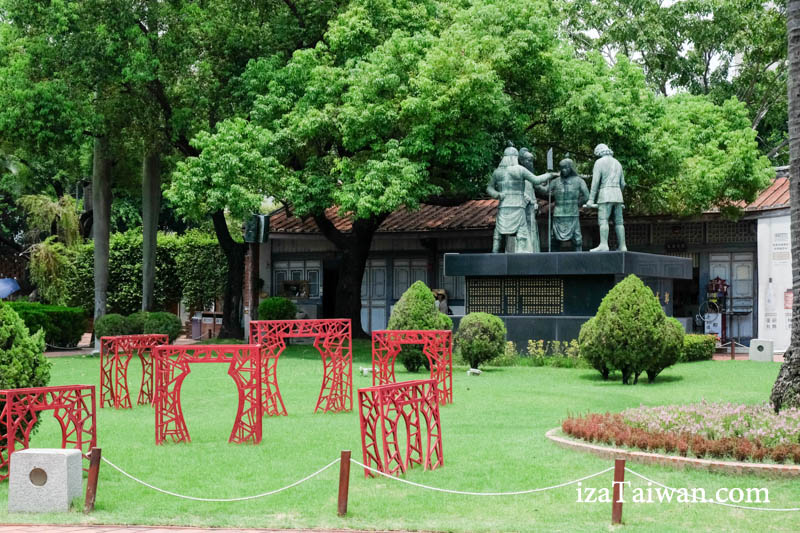
In April 1661, led by the Dutch translator He Bin, Zheng Chenggong passed through the Luermen Port channel, crossed the Taijiang Inner Sea, and first captured Fort Provintia. Later, Zheng designated Tainan Chihkan as Dongdu Mingjing, established the Chengtian Prefecture Yamen in Fort Provintia, and promulgated an edict: "Dongdu Mingjing, opening the country and establishing a family, can be the foundation of an unbreakable career for all generations," and established one prefecture and two counties. Nine months later, Zheng Chenggong captured Fort Zeelandia again, ending the Dutch East India Company's 38 years of operation in Taiwan.
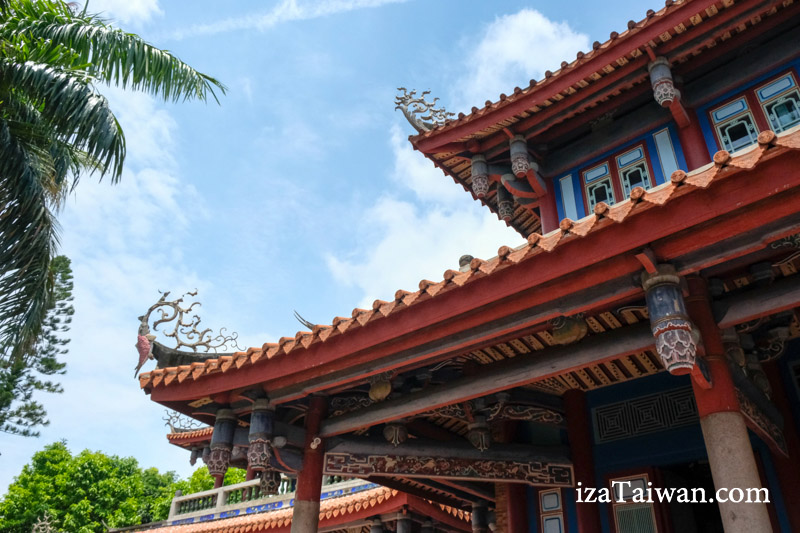
Subsequently, Zheng Chenggong renamed Fort Zeelandia Anping City and used it as the residence of the Prince of Yanping, known as the "Yanping Prince City"; the original Fort Provintia, which had been renamed Chengtian Prefecture Yamen, was used as the highest administrative institution on the island, commonly known as Chihkan Tower. However, less than half a year later, Zheng Chenggong died of illness. His son Zheng Jing raised troops from Xiamen and returned to Taiwan, defeated his uncle Zheng Shixi and ascended the throne. In 1664, he abolished Dongdu and renamed it Dongning. After the Chengtian Prefecture was abolished, Chihkan Tower became a place for storing gunpowder, also known as Hongmao Tower and Foreigner's Tower.
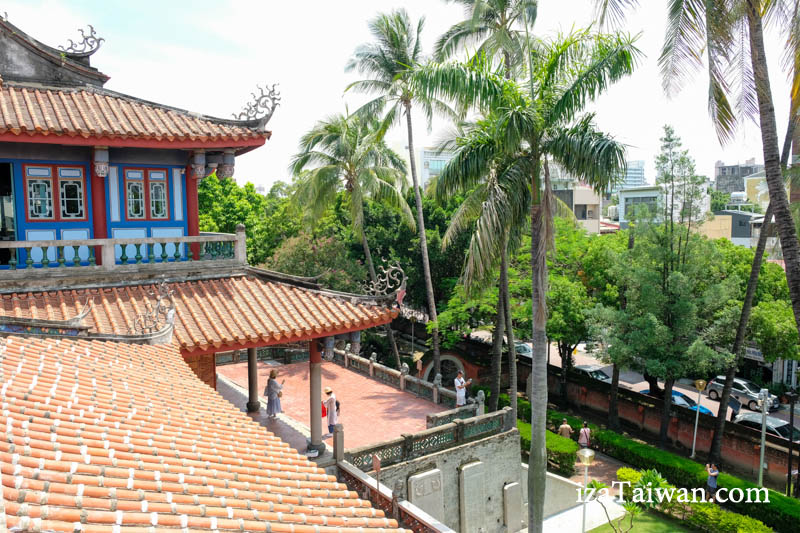
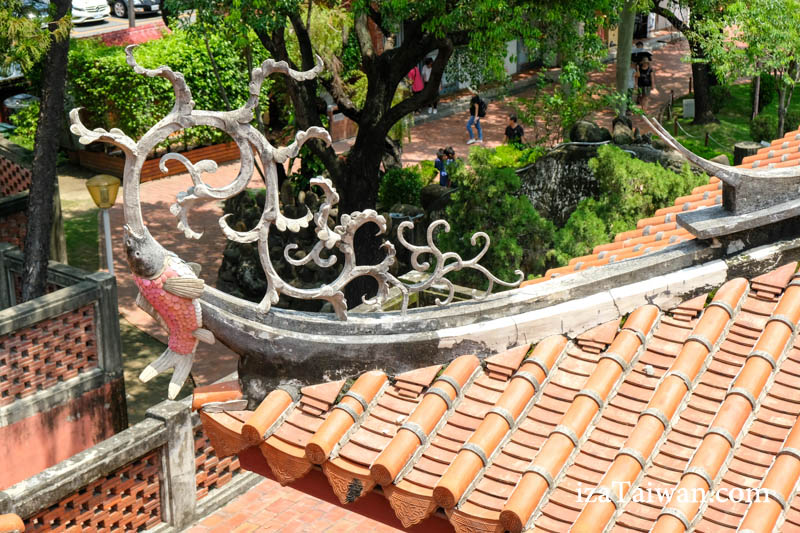
In the second half of the 19th century, Dashi Temple, Sea God Temple, Penghu Academy, Chihkan Tower Wenchang Pavilion, Wuzi Shrine, and other buildings were built on the original site of Chihkan Tower one after another. These five buildings are towering and magnificent, adding a majestic atmosphere to the dilapidated Chihkan City site.
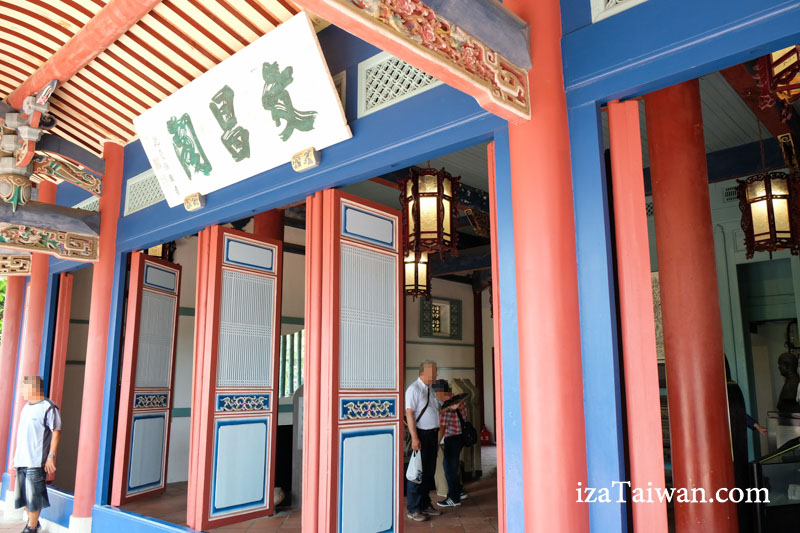
Wenchang Pavilion is a traditional Chinese sacrificial building, built to worship the legendary god in charge of literature and fame and to protect the prosperity of the local culture.
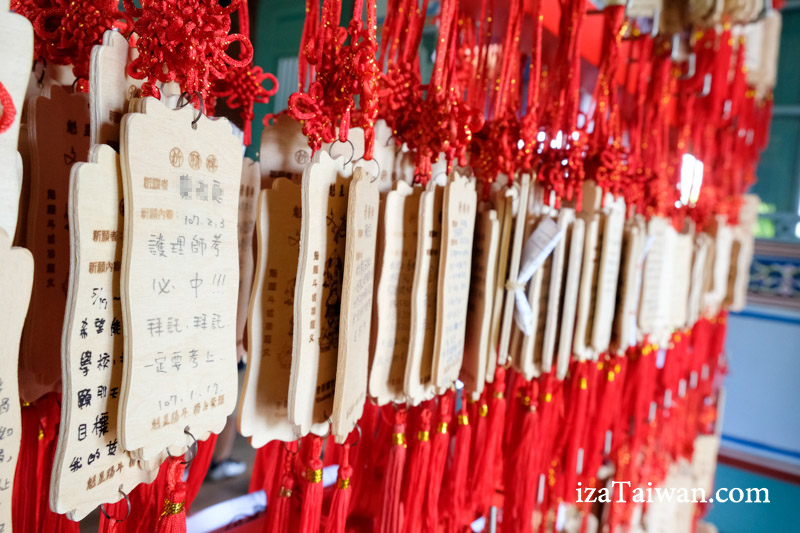
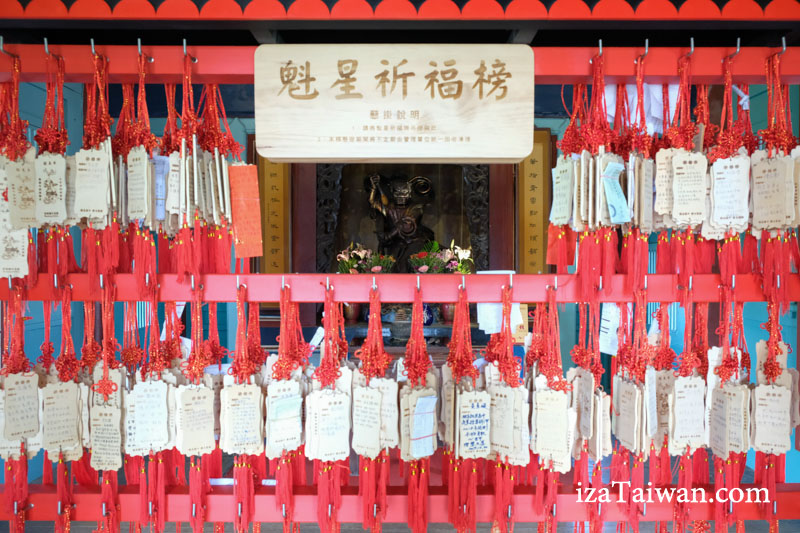
The two traditional Chinese buildings with red tiles and flying eaves, Wenchang Pavilion and Sea God Temple, are the symbols of Chihkan Tower. The Sea God Temple is located on the south side, and the Wenchang Pavilion is located on the north side. The roofs of both are double-eaved hip roofs, and the space between the double eaves is actually the second floor, surrounded by green glazed vase railings; behind the stone horse in front of Wenchang Pavilion, there is an arch, which was the gate of Fort Provintia.
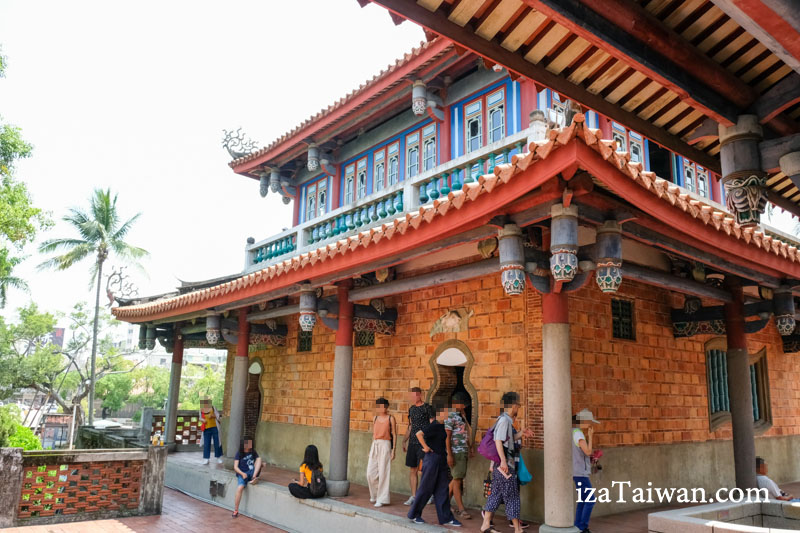
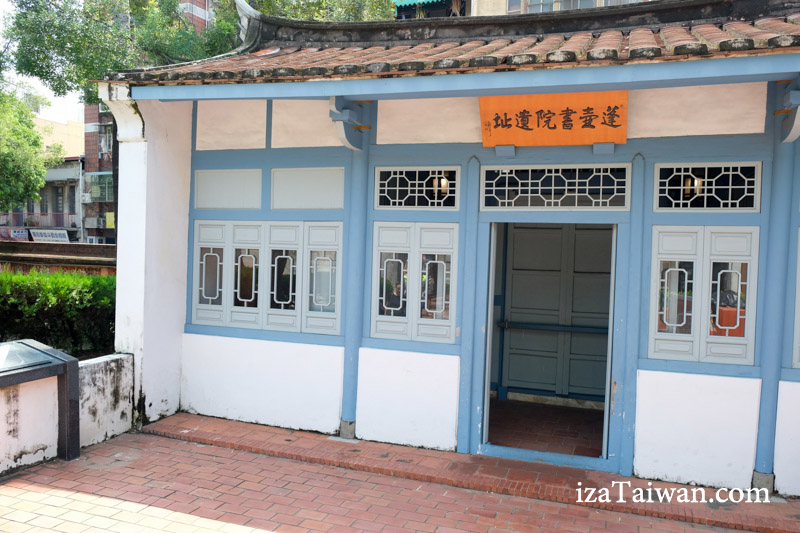
Penghu Academy is located in Tainan's Central West District. Its predecessor was "Yin Xin Academy" on Shanzailin Street, which was founded during the Jiaqing period of the Qing Dynasty. Later, it was renamed Taiwan County Academy. Later, because the academy was abandoned, Shen Shouqian, the magistrate of Anping County, purchased land on the west side of the current Chihkan Tower in the twelfth year of Guangxu (1886) to establish Penghu Academy. During the Japanese occupation, it was used as a garrison hospital. After the war, it fell into disrepair, and only the gatehouse remained. The front of the gatehouse is three rooms wide, with a recessed center to strengthen the image of the entrance, and a plaque inscribed with "Penghu Academy" by Shen Shouqian is hung. The walls are made of brick, and the roof is in the shape of a swallowtail. In addition, the gatehouse building is included in the historical site protection area of Chihkan Tower.
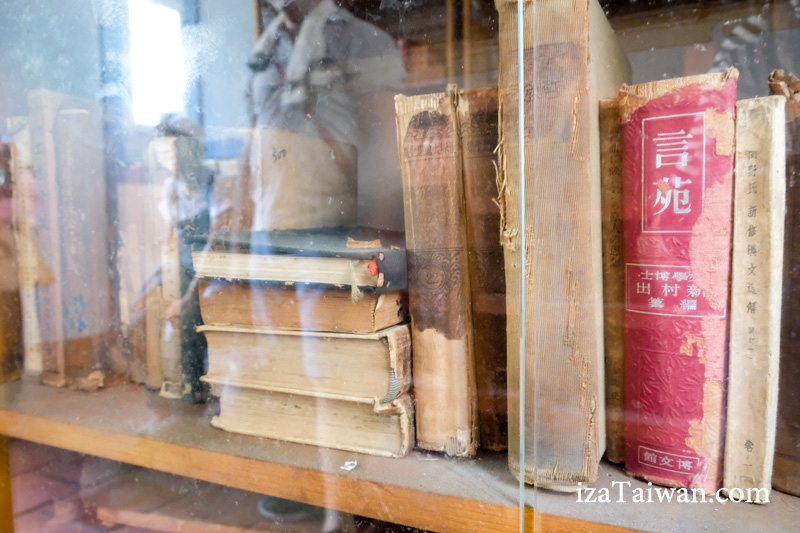
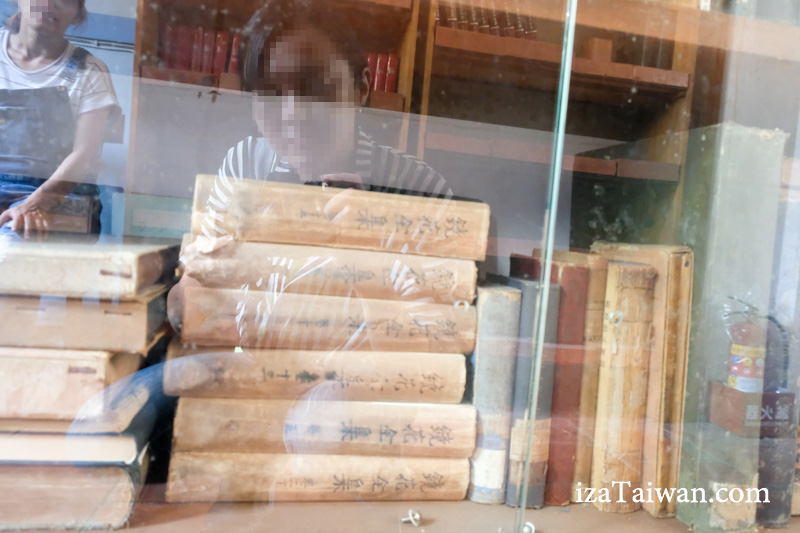
From the Kangxi period of the Qing Dynasty to the present, after natural disasters, wars, and typhoon damage, it has been rebuilt many times. Today's Chihkan Tower no longer resembles the original "Fort Provintia" built by the Dutch.
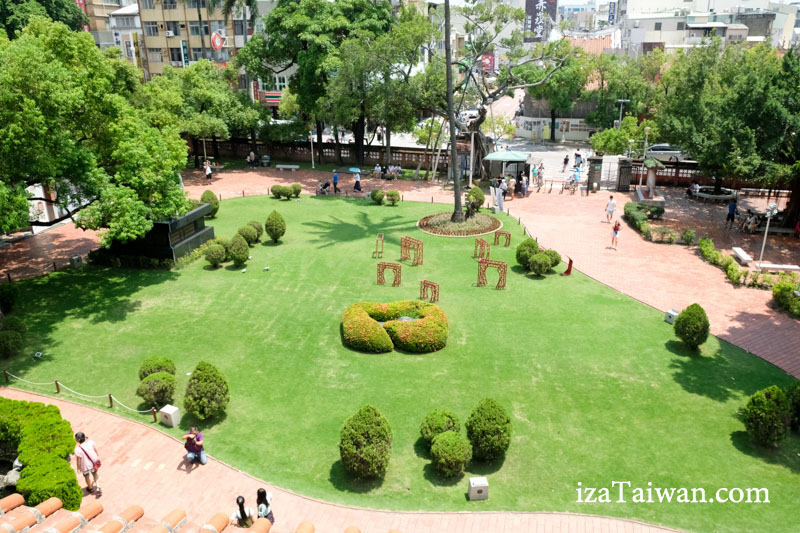
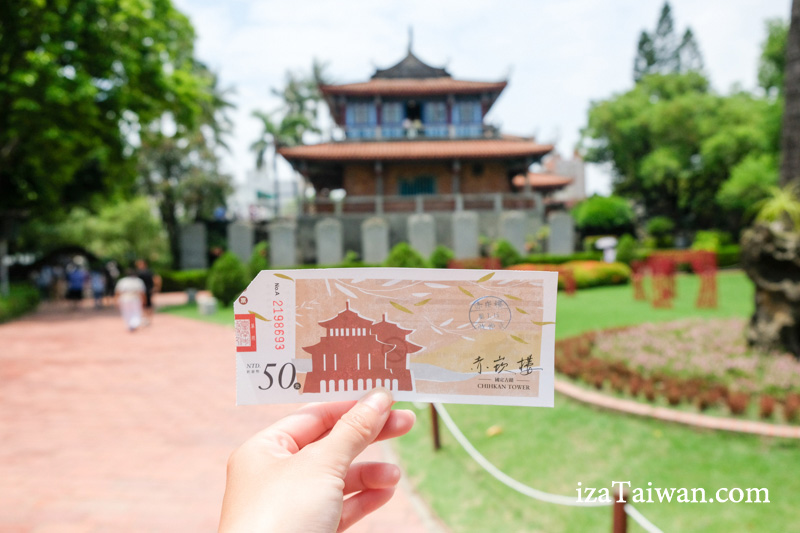
Nearby attractions/food/accommodations:
Tainan Fire Museum: Exploring History and Learning about Disaster Prevention
Tainan Wu Family Garden: Explore One of Taiwan's Four Great Gardens
Hayashi Department Store, Tainan: Experience Modern History & Creative Culture
Tainan Garden Night Market: A Foodie Paradise in Southern Taiwan
Anping Fort: Witnessing Taiwan's History in Ancient Tainan
Yanping Guazi Ma, Tainan: Over 60 Years of Traditional Rou Gui
Anping Tofu Pudding: Over 50 Years of Brand History and Unique Local Flavors
Admiring Island: A Luminous Getaway with Tainan Anping's Ocean View B&B
Dynasty Hotel: Your Top Choice for Business and Leisure near Tainan Station
『Chihkanlou / Chihkan Tower 』
Address: No. 212, Section 2, Minzu Road, Central West District, Tainan City
Phone: 06-2205647
Opening hours: Monday to Sunday 08:30~21:30
Fee information:
♦Full ticket:50 yuan, applicable to the general public.
♦Half price:25 yuan, applicable to students, military and police personnel, people over 65 years old, or volunteers from public institutions.
♦20% discount ticket: 40 yuan, applicable to groups of 30 or more, national civil servants, teachers of private schools, and families of those who died in the line of duty.
※The above fees are for reference only, please refer to the on-site announcement, no further notice!
Published in 2021
